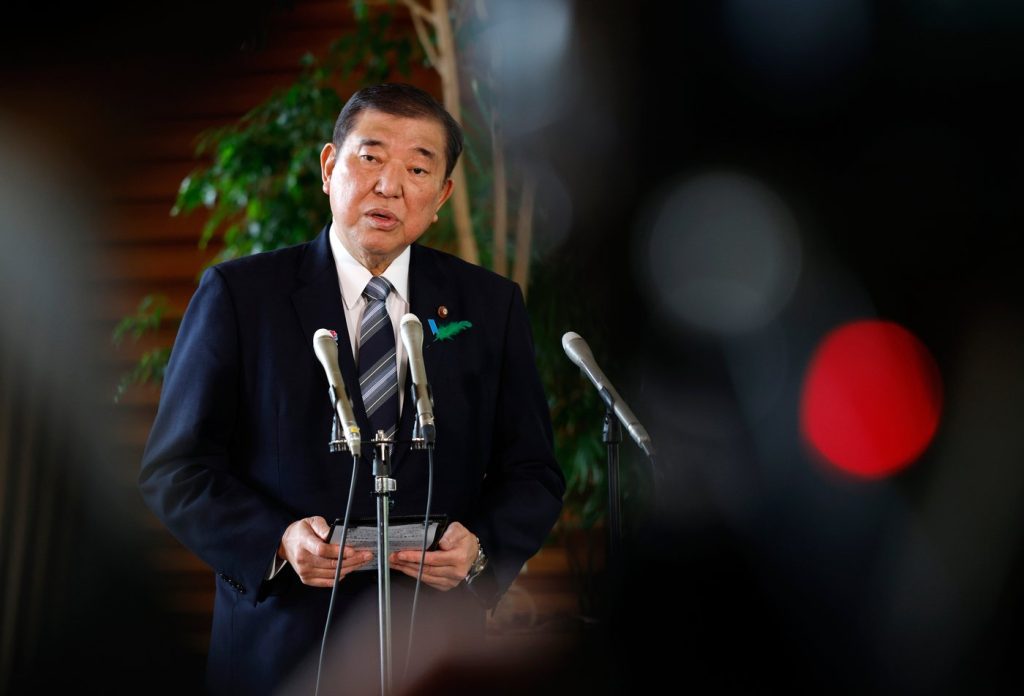TOKYO (AP) - Japan has reported a trade deficit for the fiscal year ending in March, marking the fourth consecutive year of deficits. The Finance Ministry's provisional statistics revealed a global trade deficit of 5.2 trillion yen ($37 billion). However, Japan managed to secure a trade surplus with the United States, which rose significantly to 9 trillion yen ($63 billion).
The ongoing trade negotiations between Japan and the U.S. are contentious, particularly regarding exports. U.S. President Donald Trump has made it clear that he is scrutinizing Japanese exports, which has prompted Japanese negotiators to travel to Washington to advocate against the imposition of higher tariffs. Japan has long been a key ally of the U.S. and a significant investor in the American economy, providing jobs to hundreds of thousands of Americans.
On April 2, President Trump announced plans for a 24% tariff on imports from Japan, part of a broader tariff strategy aimed at several countries. Following a market panic reaction, he opted to place a 90-day hold on these import taxes, while simultaneously increasing tariffs on Chinese goods to levels as high as 145%. This ongoing situation places considerable pressure on Japanese Prime Minister Shigeru Ishiba, who is already navigating complex trade dynamics.
Currently, Japan is subject to a baseline tariff of 10% and an additional 25% tariff on key imports such as automobiles, auto parts, steel, and aluminum. Many of these duties were implemented recently and pose significant challenges for the Japanese economy. Some analysts speculate that Tokyo might consider making unexpected concessions, such as increasing imports of American rice, which has historically been a protected agricultural sector in Japan. The recent surge in rice prices, prompted by a shortage, may influence this consideration.
In terms of trade performance, Japan's annual exports increased by 5.9% from the previous year, fueled by strong demand for computer chips and vehicles. Imports also rose by 4.7%, but the weaker Japanese yen has made foreign goods more expensive. The influx of foreign tourists to Japan has further boosted exports, as their spending is counted in the nation's trade statistics.
For March specifically, Japan reported a trade surplus amounting to 544 billion yen ($4 billion). Exports showed a positive trend, increasing nearly 4% year-on-year, which marks six consecutive months of growth, although the rate of increase was slower compared to February. Exports to the United States rose by 3%, while shipments to other Asian countries saw a more considerable growth of 5.5%. However, exports to China saw a decline, contrasting with surging exports to markets like Hong Kong, Taiwan, and South Korea.
Min Joo Kang, a senior economist at ING, commented on the situation, suggesting that the changes in export patterns could be attributed to the rerouting of goods within Asia as countries seek to avoid tariff conflicts with the United States. This dynamic illustrates the intricate nature of international trade relationships and the ongoing impact of trade policies on global markets.










